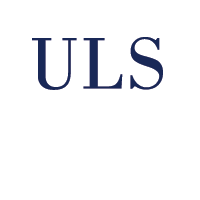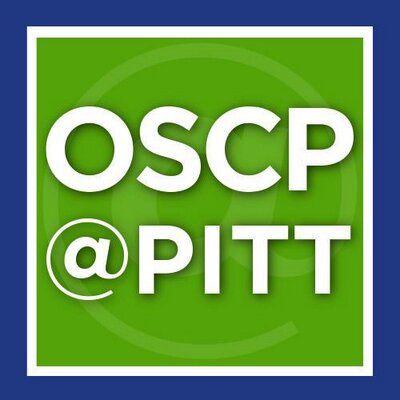A fresh look at augmenter of liver regeneration in rats.
Gandhi, CR and Kuddus, R and Subbotin, VM and Prelich, J and Murase, N and Rao, AS and Nalesnik, MA and Watkins, SC and DeLeo, A and Trucco, M and Starzl, TE
(1999)
A fresh look at augmenter of liver regeneration in rats.
Hepatology, 29 (5).
1435 - 1445.
ISSN 0270-9139
Abstract
Augmenter of liver regeneration (ALR) is a hepatotrophic protein originally identified by bioassay in regenerating rat and canine livers following partial hepatectomy and in the hyperplastic livers of weanling rats, but not in resting adult livers. The ALR gene and gene product were subsequently described, but little is known about the cellular/subcellular sites of ALR synthesis in the liver, or about the release and dissemination of the peptide. To obtain this information in rats, we raised antibodies in rabbits against rat ALR for development of an enzyme-linked immunosorbent assay (ELISA). ALR concentrations were then determined in intact livers of unaltered weanling and adult rats; in regenerating residual liver after partial hepatectomy; in cultured hepatocytes and nonparenchymal cells (NPCs); and in culture medium and serum. ALR in the various liver cells was localized with immunohistochemistry. In addition, hepatic ALR and ALR mRNA were assayed with Western blotting and reverse-transcriptase polymerase chain reaction (RT-PCR), respectively. The hepatocyte was the predominant liver cell in which ALR was synthesized and stored; the cultured hepatocytes secreted ALR into the medium in a time-dependent fashion. Contrary to previous belief, the ALR peptide and ALR mRNA were present in comparable concentrations in the hepatocytes of both weanling and resting adult livers, as well as in cultured hepatocytes. A further unexpected finding was that hepatic ALR levels decreased for 12 hours after 70% hepatectomy in adult rats and then rose with no corresponding change in mRNA transcripts. In the meantime, circulating (serum) ALR levels increased up to 12 hours and declined thereafter. Thus, ALR appears to be constitutively expressed in hepatocytes in an inactive form, and released from the cells in an active form by unknown means in response to partial hepatectomy and under other circumstances of liver maturation (as in weanling rats) or regeneration.
Share
| Citation/Export: |
|
| Social Networking: |
|
Details
| Item Type: |
Article
|
| Status: |
Published |
| Creators/Authors: |
| Creators | Email | Pitt Username | ORCID  |
|---|
| Gandhi, CR | | | | | Kuddus, R | | | | | Subbotin, VM | | | | | Prelich, J | | | | | Murase, N | | | | | Rao, AS | | | | | Nalesnik, MA | | | | | Watkins, SC | | | | | DeLeo, A | | | | | Trucco, M | | | | | Starzl, TE | tes11@pitt.edu | TES11 | |
|
| Centers: |
Other Centers, Institutes, Offices, or Units > Thomas E. Starzl Transplantation Institute |
| Date: |
May 1999 |
| Date Type: |
Publication |
| Journal or Publication Title: |
Hepatology |
| Volume: |
29 |
| Number: |
5 |
| Page Range: |
1435 - 1445 |
| DOI or Unique Handle: |
10.1002/hep.510290522 |
| Institution: |
University of Pittsburgh |
| Refereed: |
Yes |
| Uncontrolled Keywords: |
Aging, Animals, Blotting, Western, Cells, Cultured, Enzyme-Linked Immunosorbent Assay, Growth Substances, Hepatectomy, Immunohistochemistry, Liver, Male, Osmolar Concentration, Postoperative Period, Proteins, RNA, Messenger, Rabbits, Rats, Rats, Sprague-Dawley, Tissue Distribution |
| ISSN: |
0270-9139 |
| Funders: |
NIAID NIH HHS (AI38899), NIDDK NIH HHS (R01 DK054411), NIDDK NIH HHS (R01 DK029961-19), NIDDK NIH HHS (DK 29961), NIAID NIH HHS (AI40329) |
| Other ID: |
uls-drl:31735062119734, Starzl CV No. 2067 |
| Date Deposited: |
08 Apr 2010 17:35 |
| Last Modified: |
13 Oct 2017 22:59 |
| URI: |
http://d-scholarship.pitt.edu/id/eprint/5453 |
Metrics
Monthly Views for the past 3 years
Plum Analytics
Altmetric.com
Actions (login required)
 |
View Item |
|








